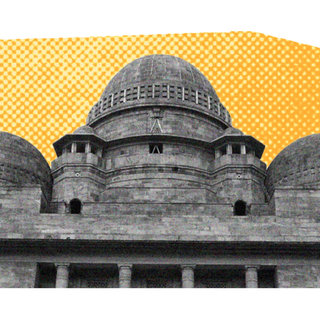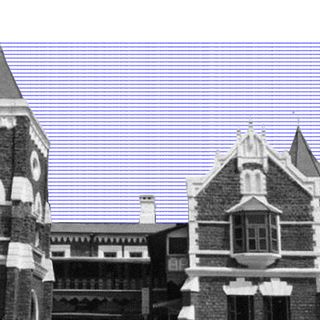There remains a fraught relationship between the Indian government and the database dedicated to social welfare. The list of gaps reads long, as there remains an institutional lack of records around migrant workers who died during the lockdown, Covid19-related deaths, unemployment. Adding to that, the uniongovernment recently said it had no centralized databased about the number of detention centers in the country — or the people living in them.
On Wednesday, the Ministry of Home Affairs reported this to Rajya Sabha when asked about the total number of Foreigner Tribunals (FTs) currently operating in the country. Their answer included the number of people who were declared as foreigners (1,43,466), the number of cases in front of FTs (1,23,829). But there is no central record of Indian detention camps since state governments are responsible for making necessary arrangements.
“No data in respect of such centers/camps is maintained centrally,” the reply stated.
It was only in 2019 that the central government allowed individual states to set up their own foreign tribunals and “detect, detain and deport foreign nationals staying illegally across the country.” Between 2019-2022, the MHA has allocated Rs. 69 crores in the functioning of these centers throughout the country.
The lack of a central system, and the abject state power over centers that are notorious for exploitation, makes people vulnerable to more exploitation. A lack of data further shields such state-sanctioned violence from accountability or scrutiny.
Detention centers were first established in 2008 in Assam; there’s a murky history of politics around “illegal immigrants” in Assam that led the Gauhati High Court to issue an order regarding setting up these camps. “Since then, Assam has increasingly transformed into a carceral state, and the detention system is steadily emerging as a behemoth structure,” wrote researcher Nazimuddin Siddique in EPW.
To put this into perspective, the National Register of Citizens (NRC) is the main bureaucratic instrument in place that declared millions of Assamese “illegal” overnight. Those left out of the registry are occupying the detention centers now.
Related on The Swaddle:
Tell Me More: Talking Prison Reform and Alternative Forms of Justice With Saumya Dadoo
In 2019, the MHA clarified there are 10 detention centers operating in the country — six in Assam, four in other states. But the government has been worryingly economical with the details, which evades scrutiny of the conditions and number of people living in these structures.
Human rights activists have previously raised alarm about state governments setting up these centers within jail premises; a concerning pattern highlighting the ad-hoc state of provisions and conflating convicted felons with alleged “foreigners.” Accounts from these camps, like the one in Kokrajhar, show major human rights violations, deplorable living conditions, and also brought to light the loopholes prevalent in FTs governing these immigrant cases.
It was only in July 2019 that the Assam government for the first time released a list of people who had died in detention. “The list of 25 people included a 45-days-old child and an 85-year-old partially immobile man… Almost all of them claim to have documents to prove that they are Indians,” Scroll.in noted.
“Detainees are neither provided with beds nor pillows. Medical facilities available are inadequate. Food provided is barely edible… Even in illness, detainees are forced to live a life of humiliation and distress,” Siddique added.
In other words, most centers exist in the same space as overcrowded district prisons. Speaking of the first proper camp in Goalpara, currently, under construction (which is said to be the size of seven football fields), the Modi government said these premises will include modern facilities. Even then, the notion that these camps, which extend beyond Assam, violate people’s dignity was lost on a government and collective conscience.
But the lack of central records around the number of detention camps and their conditions may allow human rights violations and abuses to become the norm.
“…these spaces have a lot of impunity and a lack of accountability built into them,” Saumya Dadoo, founding editor of the Detention Solidarity Network, told The Swaddle last year when speaking of prison spaces. “…being a space of confinement, we don’t know what is happening within these spaces a lot of the time. And because of the stigma associated with these spaces, people are also not paying attention to this.”




